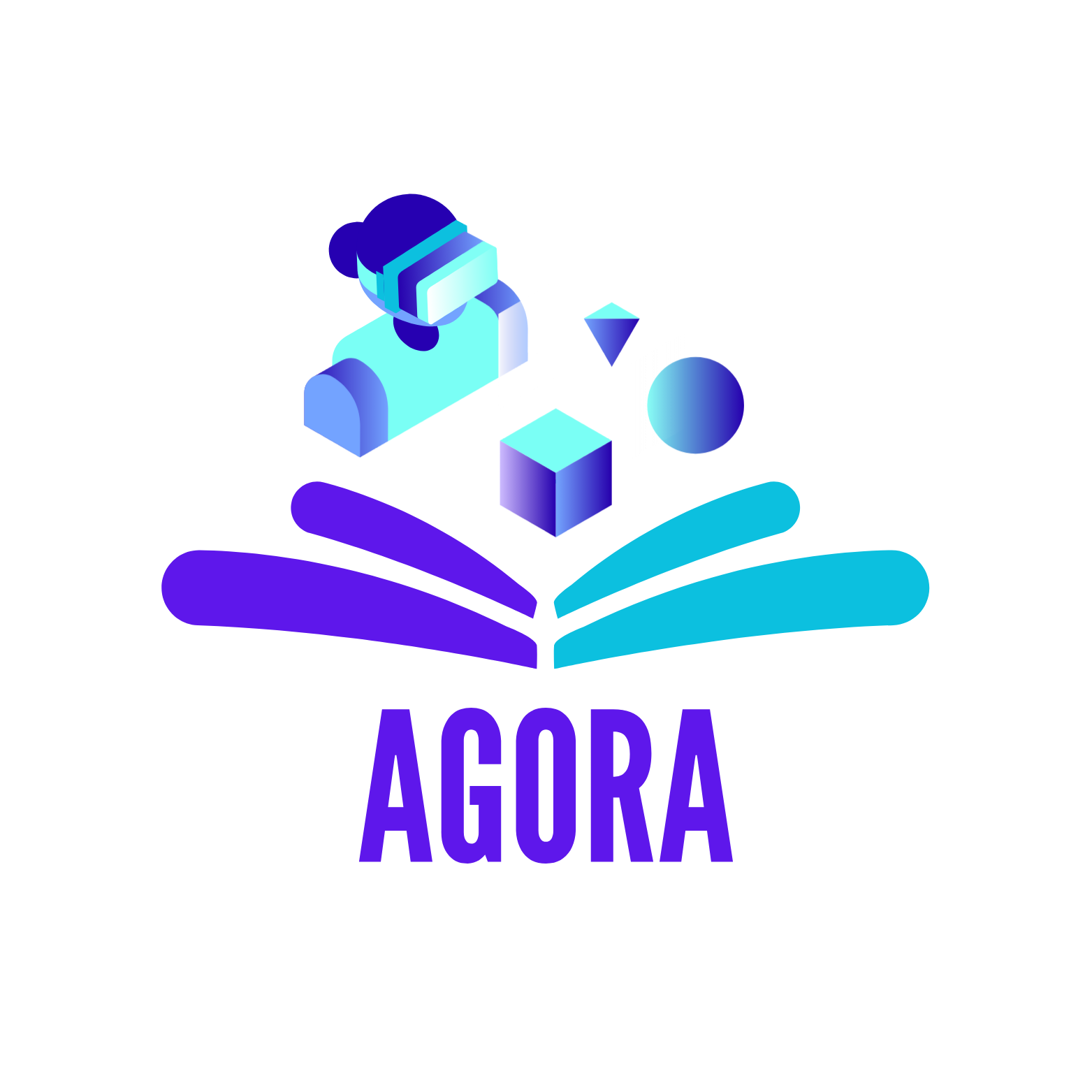The term ‘metaverse’ has been gaining increasing traction, with several big tech companies and universities considering the technology as part of their operations and investing heavily in its development and diverse business and use cases.
However, currently there are several definitions of the metaverse floating around (Park and Yim, 2022). This diversity is welcome, and in line with the different underpinnings and priorities of the different disciplines contributing to the metaverse scholarship. There is however a low conceptual clarity from a Business & Management perspective, when it comes to the metaverse and its potential for business and societal value creation. As part of the MSCA AGORA project, and over the last months, our doctoral candidates have been working toward addressing this, by unpacking the conceptual underpinnings and the numerous definitions of the term ‘metaverse’ within the context of the 17 PhD projects that form the doctoral network. This work can help us better understand what the metaverse is.
The term metaverse can be and has been interpreted and operationalised in diverse ways, both in academia and by industry actors. At its very core, the metaverse refers to the convergence of physical and virtual spaces, whereby such spaces can be accessed and experienced through computing devices and other peripherals that enable immersive experiences. The difference between the metaverse and previous instantiations of technologies (such as virtual reality and augmented reality) is that, with the metaverse, there is an expectation with regard to a persistent and shared 3D virtual world (Tucci and Moore, 2024). It is these elements that support interactions and exchanges among users and business, thereby enabling socialisation, doing business and supporting operations.
There are some early definitions of the metaverse and efforts to conceptualise the technology, going back to early 2000s. At the time, the metaverse was considered more of an online environment, and the focus was primarily placed on the socialisation component. One of the significant platforms at the time was that of Second Life. Second Life is still active, more than 20 years later, signalling a strong interest in virtual spaces. Since then, some of the technological barriers that limited the options of what a user could do in one of these virtual spaces (e.g., Second Life), and what opportunities the technology could offer in terms of immersion, interoperability and scaling, have been overcome. Today, the metaverse, as it evolves, has already gone beyond mere avatar-based virtual spaces and agent-based simulations thanks to advances in virtual reality, augmented reality and artificial intelligence, including advanced hardware and equipment.
In the coming April, several of the MSCA AGORA Doctoral Candidates will be presenting early outputs of their work during the UK Academy of Information Systems annual conference in Newcastle, UK (https://www.ukais.org/ukais-conference/ukais-2025/). Conference proceedings will become available later during the summer. To receive further news and updates, please subscribe to our newsletter!
Park, S. M., & Kim, Y. G. (2022). A metaverse: Taxonomy, components, applications, and open challenges. IEEE access, 10, 4209-4251.
Tucci, L. & Moor, J. (2024). What is the metaverse? An explanation and in-depth guide, TechTarget, available: https://www.techtarget.com/whatis/feature/The-metaverse-explained-Everything-you-need-to-know, last accessed 26/02/2025
